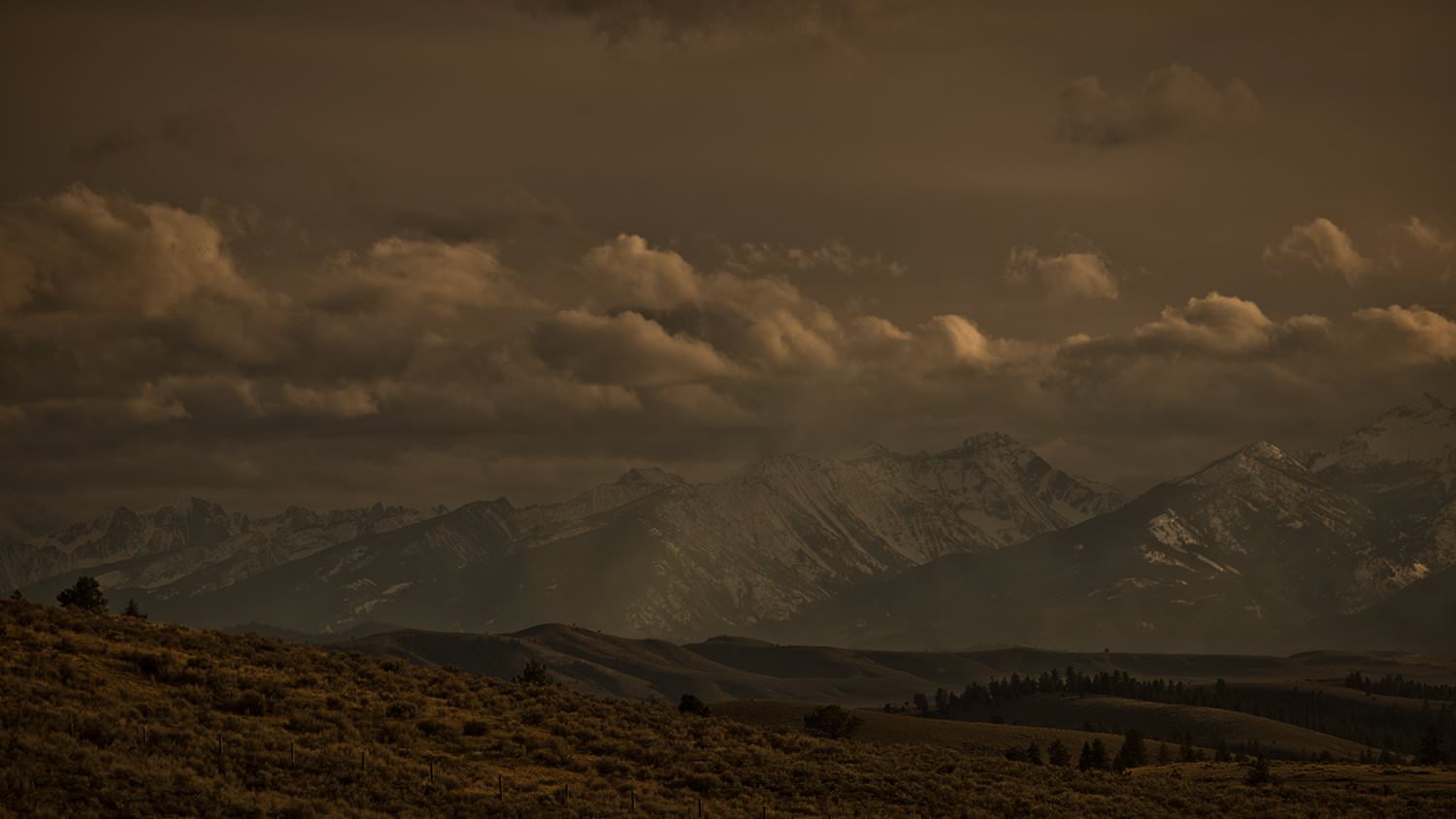The Tax that Hunters are Proud to Pay
- October 1, 2015
- By Randall Mueller
- Research

Most consumers and employees in the outdoor industry are aware that sportsmen and women are the biggest contributors to conservation via their support of conservation groups and purchases of hunting licenses. And then there’s the “excise tax.” Most people have heard of it, but do you know exactly what it is and how it impacts the health of America’s wildlife populations?
Some background … The Firearms & Ammunition Excise Tax (FAET) is imposed on the manufacture, production, importation and sale of firearms, shells and cartridges. FAET dates all the way back to 1919.
The year 1937 was pivotal in the history of FAET. That was when the Pittman-Robertson Act mandated that all revenue from FAET and related excise taxes be earmarked for hunting-related activities. The U.S. Fish & Wildlife Services places revenue that is collected in a trust fund that is administered on behalf of the states.
The IRS administered FAET until 1991. The Bureau of Alcohol, Tobacco and Firearms handled it until 2003. Today, administration of the tax is the responsibility of the Alcohol and Tobacco Tax and Trade Bureau (TTB).
Tax rates are 10% on the sale price of pistols and revolvers; 11% for other firearms (long guns) and ammunition.
Since 1938, some $9 billion in revenue resulting from the Pittman-Roberston Act has been used to purchase millions of acres of prime wildlife habitat that is maintained by state fish and wildlife agencies. Revenue is also used for research projects, hunter safety and education programs, and the construction and maintenance of public shooting ranges.
Outdoorsmen and women should be proud to know that collectively their purchases of firearms, ammunition and hunting licenses are the single-largest source of wildlife conservation funding.
For some more insight into firearm purchasing trends, check out this information on shotgun sales, based on data from the National Sporting Goods Association.
